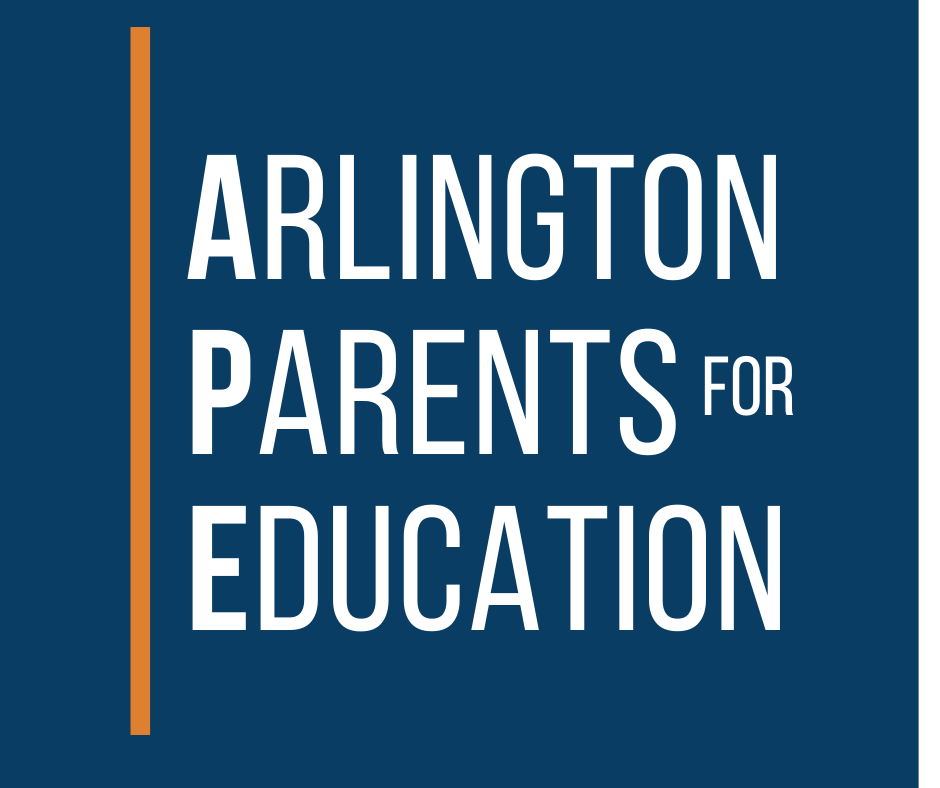Report // August 2022
APS Data Shows Unremediated Learning Loss
Key Takeaways
Learning loss is a serious problem that is not going away. End of year reading data shows high numbers of students need support. More students in grades 3-5 need intensive support now than at the start of the 2020-21 school year, and an alarming number of rising sixth graders need intensive reading support.
The achievement gap is widening. Far higher percentages of Black and Hispanic students than white students need intensive reading support. These disparities existed before the pandemic and worsened during it. While almost all demographics showed progress over the course of this school year, white students are recovering at a faster pace than non-white students. The result, if not corrected, will be wider demographic disparities
Math assessments show that many more students are behind than pre-pandemic, and more are behind at the end of this school year than at the end of last school year. To get a sense of the magnitude of recovery services needed, just to return to pre-pandemic levels of students scoring at below-basic would require improving the math performance of over 400 students.
Students with disabilities made limited progress this year. DIBELS data for students with disabilities is disheartening: approximately 45% of students with disabilities across all elementary grades needed intensive support at the beginning of this school year, and that number remains at 45% at year-end. In math, among students in grades 5-8, more than half of students with disabilities remained in the “below basic” category at the end of the 2021-22 school year.
APS has the data. It should use it. Our students need stronger support and more resources to recover lost learning. What we need now, and have needed, is a plan to target those students with additional instructional time, track and report on progress, and react quickly and nimbly to what the data shows.
